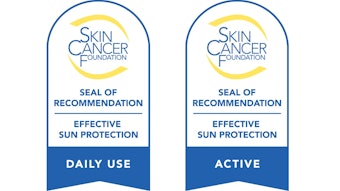
Editor's note: The "Words from Wiechers" series considers the lessons our industry can learn from the late Johann Wiechers, Ph.D. He was an adviser, colleague and leader in the industry until his passing in 2011. Presenting Wiechers's insights is Tony O'Lenick.
Chapter 39 of Wiechers’s book, Memories of a Cosmetically Disturbed Mind, starts out with an important perception and simple assumption of the cosmetics world that I believe goes too far: 'If the rationale for [our] products is correct, then cosmetic science should be different in different places of the world.'
He continues, “Cosmetic science is a global business and what is true on one side of this planet is also true on the other side of this planet. Correct, don’t you think? Unless you think about ethnic products. If the rationale for those products is correct, then cosmetic science should be different in different places of the world. But my behavior of [giving the same] talk in different corners of the world suggests that the science is the same.
“And if the science is the same, the products should be the same. So either I am wrong and there is indeed a different need amongst the various [ethnic groups] on this planet or our marketing colleagues have got the wrong end of the stick and we’re selling stories. I know which one of the two I would prefer to be wrong.”
He continues with this thought experiment, initially conceding that there are differences and that he is more wrong than he would like to admit publicly. “I better study the literature a bit better before I open my big mouth again and shout that there are no differences between skins of different color,” he writes. “How can I have been that wrong? … But then I remember that other article describing [the] skin penetration of acetyl-salicylic acid, benzoic acid and caffeine, and I see that I was not that wrong at all. That article shows no difference whatsoever between [three ethnic skin types in terms of] permeability.”
See related: Color, Corrected; Perfectly Tuning to Black Skin Tones
The fact of the matter is perhaps Wiechers is mixing two very different concepts in the above article: 1) judging cosmetic products by consumer demand and 2) attributing those effects to differences in cosmetic science. By and large, the science is the same; penetration and the measurable functional properties vary little within any ethnic group. What does differ is consumer demand, acceptance and perception of a product.
By definition, cosmetic products affect appearance and consumers have different ideas of what appearances are most attractive. The drivers are therefore different for different people, geographic areas and cultural expectations.
It is amazing to see that throughout the world, while beauty is universal, there are local beauty differences relating to culture, to climate and somewhat to age, and these change over time. The cosmetics used today are very different from those used 50 years ago, but the underlying science remains the same.
As we undertake product development efforts, we must develop platforms that respect cosmetic science but allow for localization of formulations that respect all the differences beauty entails. Vive La Différence!
Modified from Ethnic Formulating: Getting it Right.










